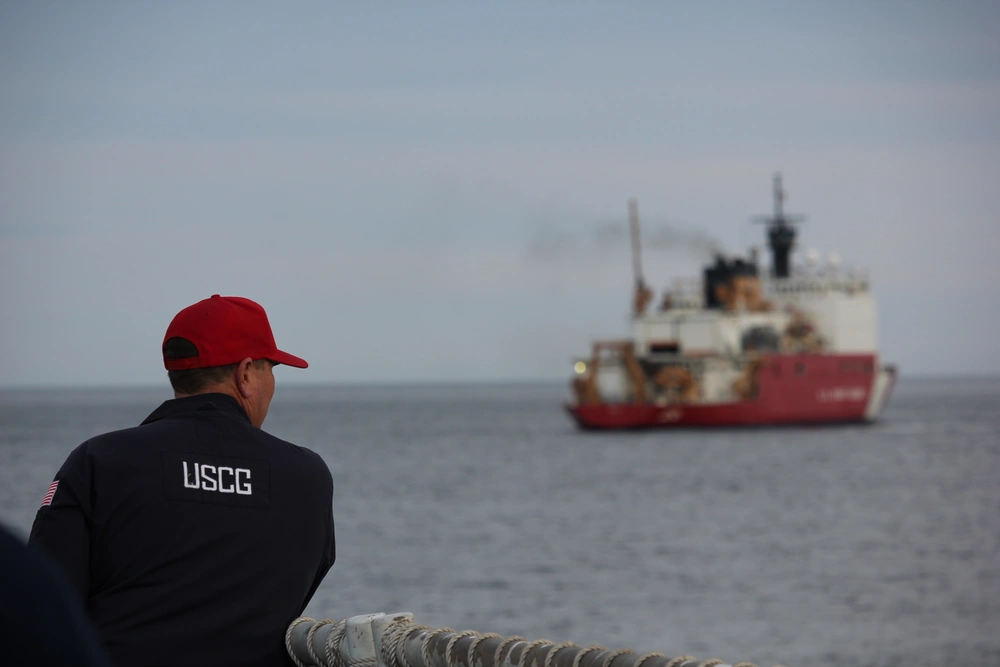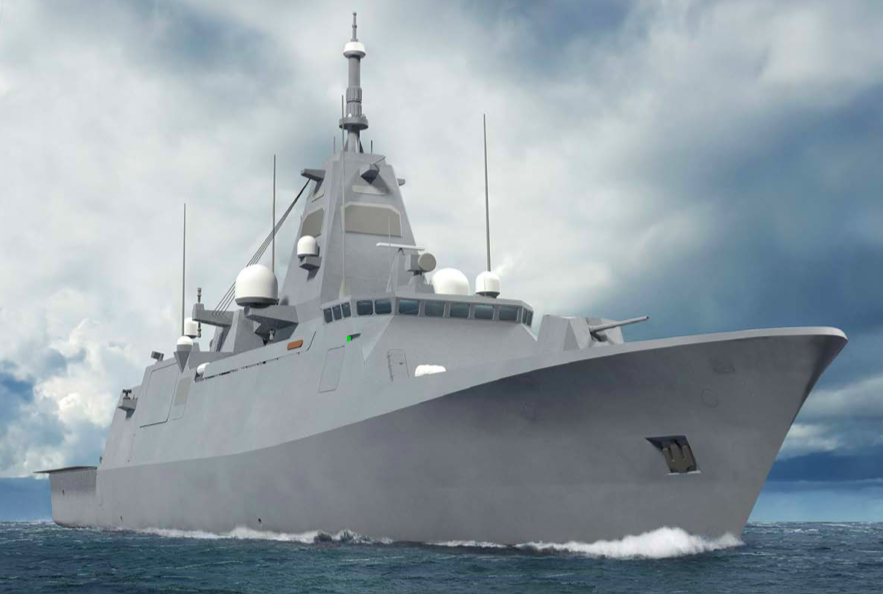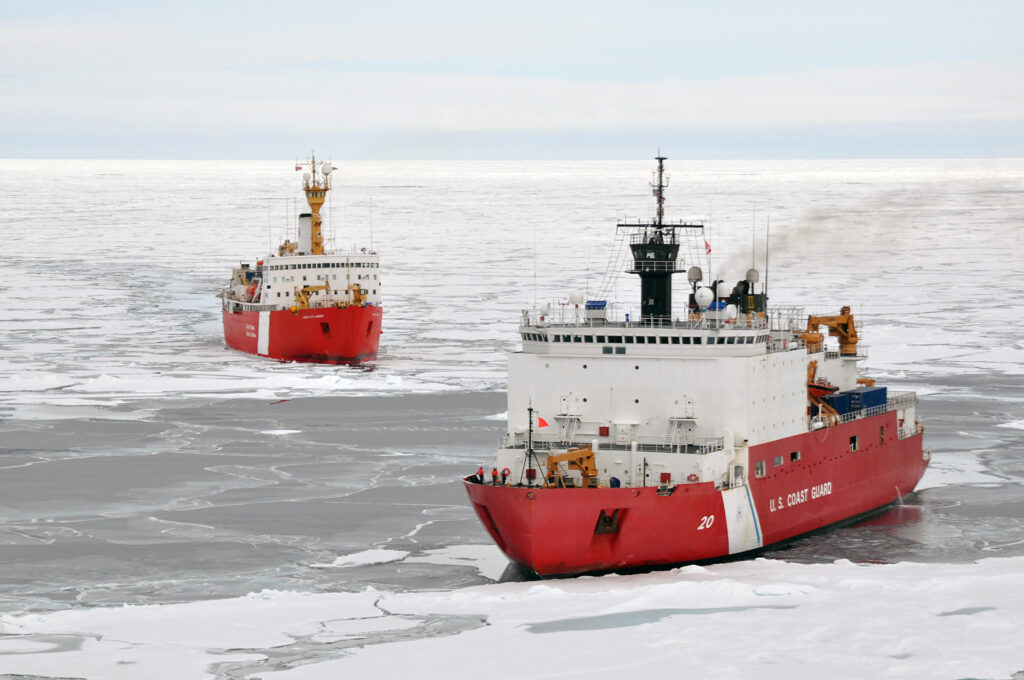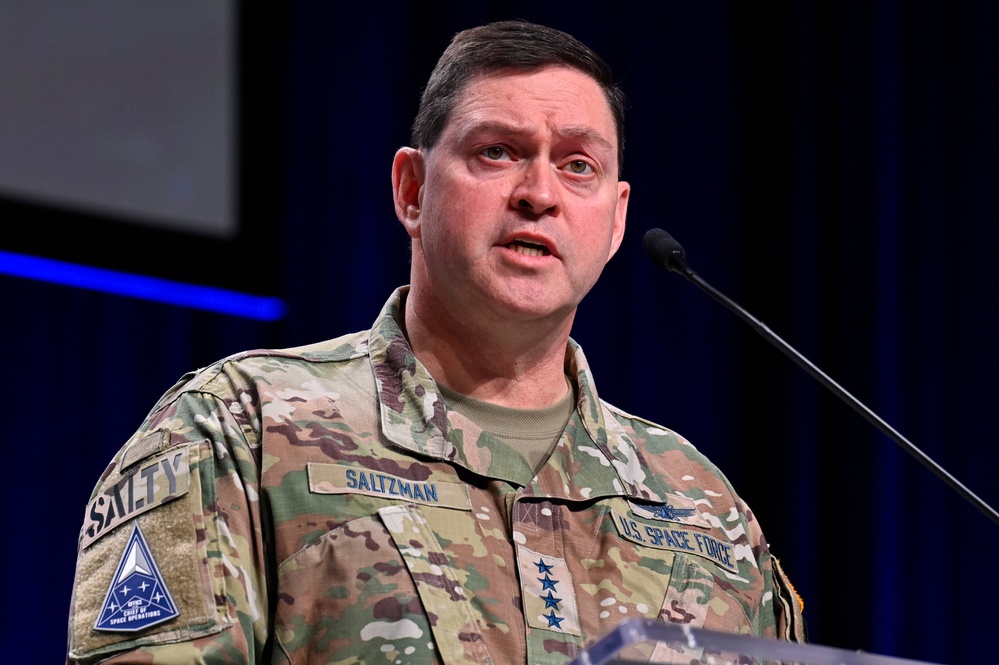A 40-ship icebreaker armada: Could the White House’s vision come true?
- By Hope Seck
Share This Article

Within days of taking office, and amid dozens of other major policy moves, newly inaugurated President Donald Trump made a surprising announcement: the U.S., he said, would execute a sizable ramp-up of its icebreaker fleet, in what he pitched as a potential collaborative effort with Canada.
“Why are we paying all of that money to Canada when, you know, we — we could use it ourselves, right?” Trump said in January, according to a Maritime Executive report. “You know, we ordered – we’re going to order about 40 Coast Guard big icebreakers. Big ones. And all of a sudden, Canada wants a piece of the deal. I say, ‘Why are we doing that? I mean, I like doing that if they’re a state, but I don’t like doing that if they’re a nation… I would love to see Canada be the 51st state.”
Leaving the question of Canadian statehood aside, this pronouncement was startling for a number of reasons. First, the mouldering U.S. icebreaker fleet is now down to just two ships – one large, one medium – and one of the two, the USS Polar Star, is approaching 50 years old and nearly 20 years past the conclusion of its intended service life. But efforts to replace these ships with a new and modern class of icebreaker have been slow-moving, despite statements of urgency from the Coast Guard, which manages all U.S. icebreakers.
Last December, more than five years after a design-build contract was first awarded for a new class of Polar Security Cutters, construction began on the first of three planned vessels. The expected date the first ship will enter service, meanwhile, has slipped from 2024 to 2030. Facing a real possibility of being left without a way to navigate icelocked Arctic waters at all, the Coast Guard took the unusual step of buying a civilian icebreaker, the Aiviq, as a stopgap measure.

Second, there’s the persistent logistical challenge of building any kind of fleet amid tight budgets and the United States’ overtasked shipyards. The Navy has for years been on a quest to build up a 355-ship fleet, but has struggled to make meaningful progress against the goal due to shipbuilding delays, retirements of aging hulls, and budgeting challenges for vessels that can cost several billion dollars apiece. The smaller Coast Guard’s needs, which fall under the Department of Homeland Security budget, have historically received short shrift compared to the other military services.
And yet, longtime Arctic watchers will note the U.S. does have substantial ground to make up when it comes to icebound maritime operations. A stunning chart from 2017, compiled by the Coast Guard, shows geopolitical adversary Russia’s stunning Arctic fleet of 46 icebreakers, with another 15 more in planning, and NATO allies Finland and Sweden with impressive fleets of 10 apiece, either existing or planned. China, which bills itself a “near-Arctic” nation, has three built and one under construction, according to the chart. And Canada, with its military smaller than that of the U.S. in nearly every aspect, is far ahead on icebreakers, with seven built and another seven under construction or planned.
When it comes to America’s need for icebreaker ships, commenters use words like “desperate,” and emphasize how the U.S. will lose the competition for Arctic dominance at the outset if it can’t maintain a meaningful and reliable presence there. Even nonmilitary activity at the poles, such as research missions to Antarctica and the security of commercial cruise ships, is affected by the lack of a reliable U.S. icebreaker fleet.
So, is there a way to build the icebreaker armada Trump envisions? According to Chris Bassler, a former DoD official who has worked on the challenge of U.S. defense capabilities in the polar regions, several underexplored possibilities may bring us closer to that goal.
Related: Army studies the toll of arctic warfare operations
Build smaller

Just as the Navy is exploring smaller ships and unmanned vessels as a way to grow its fleet, the Coast Guard-Navy partnership to build icebreakers could expand its definition of what constitutes an icebreaker. Bassler pointed out that Finland, a world leader in icebreaker construction and development, is building a small class of ice-hardened multi-role ships that are roughly the length and size of the U.S. Navy’s agile littoral combat ships.
The Pohjanmaa class, as it’s called, will include four ships that will both serve the Finnish Navy as regular surface combatants and sport resilient features including an ice-strengthened hull and ice-load monitoring system that will allow them to operate in the icy Baltic sea year-round.
And the combined cost for all four will be a relatively economical $1.3 billion Euros (about $1.36 billion dollars). By contrast, the three U.S. polar security cutters in planning are expected to cost a combined $5 billion to build.
While Bassler said the U.S. most likely did need new versions of the heavy icebreakers it’s had in the past, a mix of ice-capable vessels might round out the Arctic fleet the U.S. needs.
“The [Pohjanmaa class are] pretty impressive ships – we did quietly do some Department of the Navy support analysis to check them and advise them and consult with them,” Bassler told Sandboxx News. “In addition to the actual icebreakers, the heavy and medium icebreakers, which are necessary for both poles and for the Arctic and the Great Lakes and all that kind of stuff from the harder security, especially given all the Russian and Chinese activities in the Arctic, it probably also would be good to have more ice-hardened frigates.”
Related: Why the military has an office dedicated to tracking the world’s biggest blocks of ice
Outsource building to expert allies

While U.S. shipbuilding has traditionally been done inside the country’s borders (and there are laws prohibiting the construction or repair of U.S. ships in foreign shipyards), Bassler said re-examining the policy requirements might give American planners more leeway to build a larger icebreaking fleet without running into the typical logistical and budgetary roadblocks.
In visits to the Pentagon, he told Sandboxx News, Finnish delegations have even offered to support U.S. icebreaker building, from sending in advisors to actually making ships for the U.S. in their own shipyards for a fraction of the cost. Perhaps, Bassler said, there’s a hybrid solution that might make sense for the Coast Guard and Defense Department, such as making key subsystems in American shipyards and then sending them off to Finland for final assembly.
In fact, an agreement signed last year between the United States, Finland and Canada may lay the groundwork for this kind of higher-level collaboration. The Icebreaker Collaboration Effort, or ICE Pact, formalized last November under the Biden administration, is a nonbinding memorandum of understanding signaling increased information exchange and collaboration and heightened partnerships for research and development.
“We invite allies and partners globally to purchase Arctic and polar icebreakers from Canadian, Finnish, and U.S. shipyards, and benefit from reduced costs and faster delivery schedules that ICE Pact will enable,” the three nations said in a joint statement at the time.
Few details about how the agreement will work in building icebreakers moving forward have been finalized, however, and the new administration has yet to publicly endorse or further the agreement.
As Bassler noted, while neither Trump nor the ICE Pact sets a deadline for completing acquisition of the desired icebreaker fleet, pressure from China – which may be motivated to make a land grab in Antarctica or the Arctic, creates its own time pressure.
Without the ships for presence, “it would be very difficult to have enough ability to push back,” he said.
Feature Image: A crewmember on U.S. Coast Guard Cutter Bertholf (WMSL 750) looks at U.S. Coast Guard Cutter Healy (WAGB 20) in the distance during a brief crew exchange near Unimak Pass, Alaska, Nov. 22, 2024. Bertholf is one of four national security cutters homeported in Alameda, California, and one of ten currently commissioned U.S. Coast Guard national security cutters operating throughout the world enhancing maritime safety and security. (U.S. Coast Guard photo by Lt. j.g. Haley Howard)
Read more from Sandboxx News
Related Posts
Sandboxx News Merch
-

‘AirPower’ Classic Hoodie
$46.00 – $48.00 Select options This product has multiple variants. The options may be chosen on the product page -

‘Sandboxx News’ Trucker Cap
$27.00 Select options This product has multiple variants. The options may be chosen on the product page -

‘Kinetic Diplomacy’ Bumper Sticker (Black)
$8.00 Add to cart
Hope Seck
Hope Hodge Seck is an award-winning investigative and enterprise reporter who has been covering military issues since 2009. She is the former managing editor for Military.com.
Related to: Military Affairs

Dogfighting in space? Not too far-fetched, Space Force chief says

New master’s degree will train Top Gun pilots on foreign adversaries and space warfare
Sandboxx News
-

‘Sandboxx News’ Trucker Cap
$27.00 Select options This product has multiple variants. The options may be chosen on the product page -

‘AirPower’ Classic Hoodie
$46.00 – $48.00 Select options This product has multiple variants. The options may be chosen on the product page -

‘AirPower’ Golf Rope Hat
$31.00 Select options This product has multiple variants. The options may be chosen on the product page -

‘Sandboxx News’ Dad Hat
$27.00 Select options This product has multiple variants. The options may be chosen on the product page
